Apart from being a source of medicine, food, oxygen and many other products that we require in our day to day lives, plants are also an important part of our culture. We worship them, we have mythological stories around them and consider them a part of our family and members who are always there to provide company when no one is around.
Plants are an indispensable part of our ecosystem, to say the least. But apart from all the positive things being said, it is also true that many plant species are gradually losing their existence due to situations that are unfortunately created by us, the human beings.
The list below will give us an idea of the possible current condition of different and rare plant species, as per the IUCN (International Union for Conservation of Nature) data:
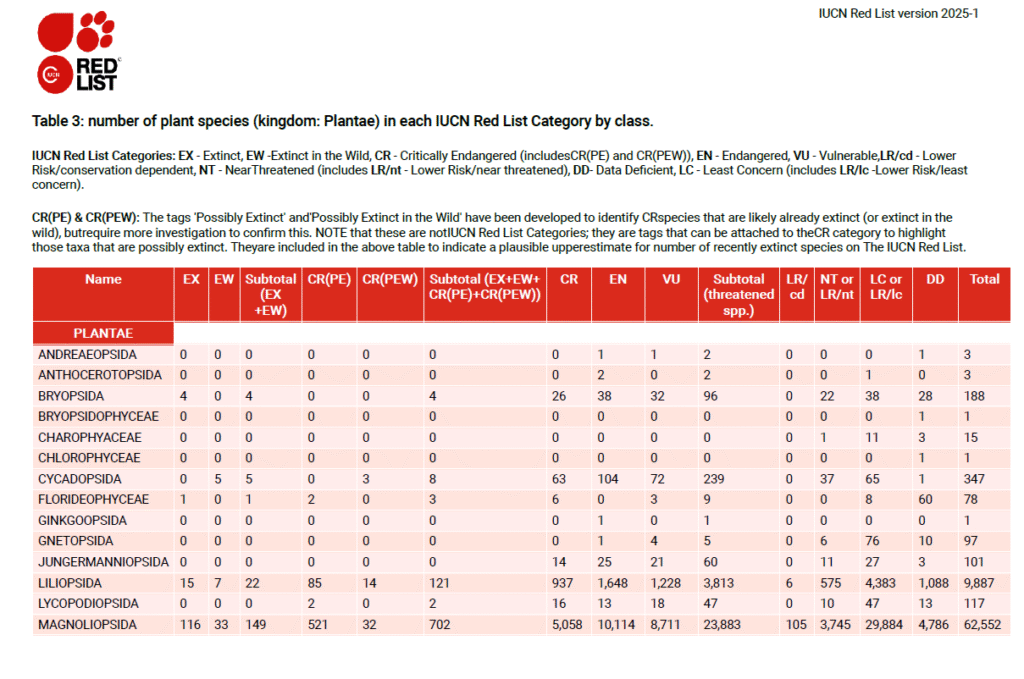
Therefore, there is an urgent need to take up the matter seriously. If we end up facing such a time when many plants species that once thrived on our Earth, turn into some colorful pictures in textbooks and internet to remind us that they once existed, then it is something disgraceful.
What Makes a Plant Endangered?
Deforestation: We cannot deny the fact that deforestation is an important reason of plants losing their existence. If trees are cut and land cleared to make room for human settlement, without keeping track of who or what is being affected by it and up to what extent, then our ecosystem is bound to be disturbed.
Climate change: This is another major issue leading to almost extinct plants. Unlimited exploitation of natural resources and industrial development, leading to emission of poisonous gases in the atmosphere is the root cause of climate change. We need to understand that different species are adapted to different climatic conditions on which their survival depends. If that is disturbed, it reduces their lifespan, leading to extinction.
Habitat-loss: Needless to say, the above two points automatically lead to the situation of loss of habitat that provide a comfortable living condition for different species to thrive. Destruction and division of places that are the natural habitat of many rare and beautiful plant species are, sadly, leading them towards extinction.
Top 5 Endangered Plants in the World
1. Pitcher Plant (Nepenthes khasiana)
The Pitcher Plant, native to Meghalaya in India, is a rare carnivorous species known for its unique pitcher-shaped leaves that trap insects. This natural adaptation helps it survive in nutrient-poor soils. Unfortunately, it is classified as endangered due to habitat destruction, deforestation, and over-collection for medicinal and ornamental purposes. Locally called Memang Koksi, it also holds cultural significance in tribal folklore. Conservationists emphasize protecting its natural habitat in the Khasi Hills to ensure survival. Preserving this plant is vital not only for biodiversity but also for the ecological balance it maintains in its fragile environment.
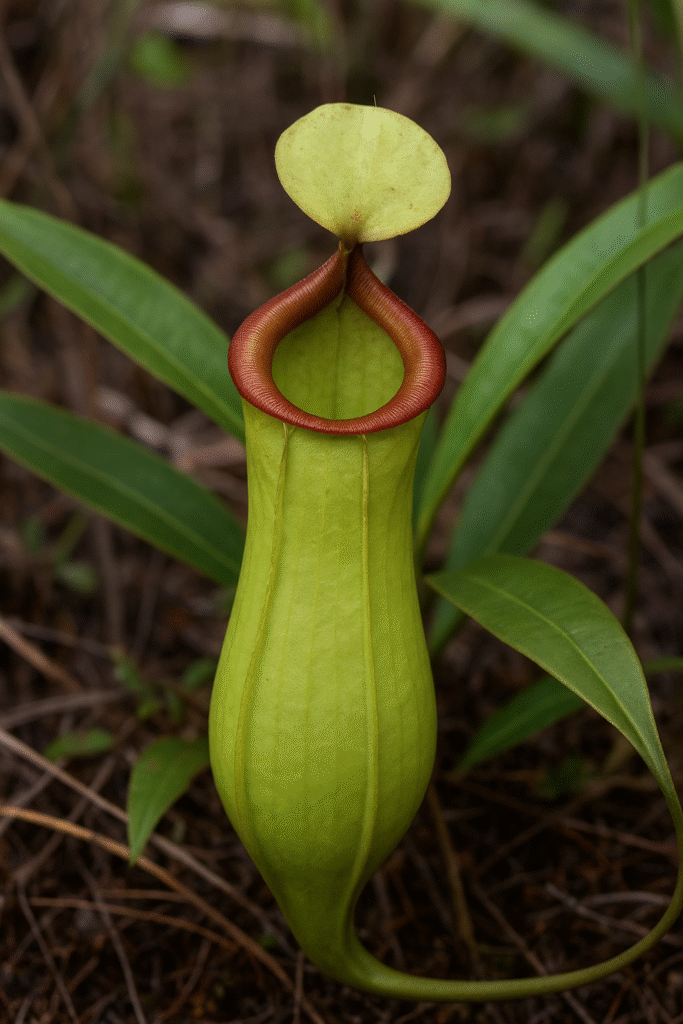
Fun Facts:
- It digests insects but is harmless to humans.
- Some pitchers can hold up to half a liter of water.
2. Rafflesia arnoldii (Corpse Flower)
Rafflesia arnoldii, found in the rainforests of Indonesia and Malaysia, produces the largest individual flower in the world, sometimes over 3 feet across. It is known as the “corpse flower” because it emits a strong odor of rotting flesh, which attracts flies for pollination. Despite its fascinating biology, Rafflesia is critically endangered. Its dependence on specific host vines and limited blooming make it highly vulnerable to habitat loss caused by deforestation.
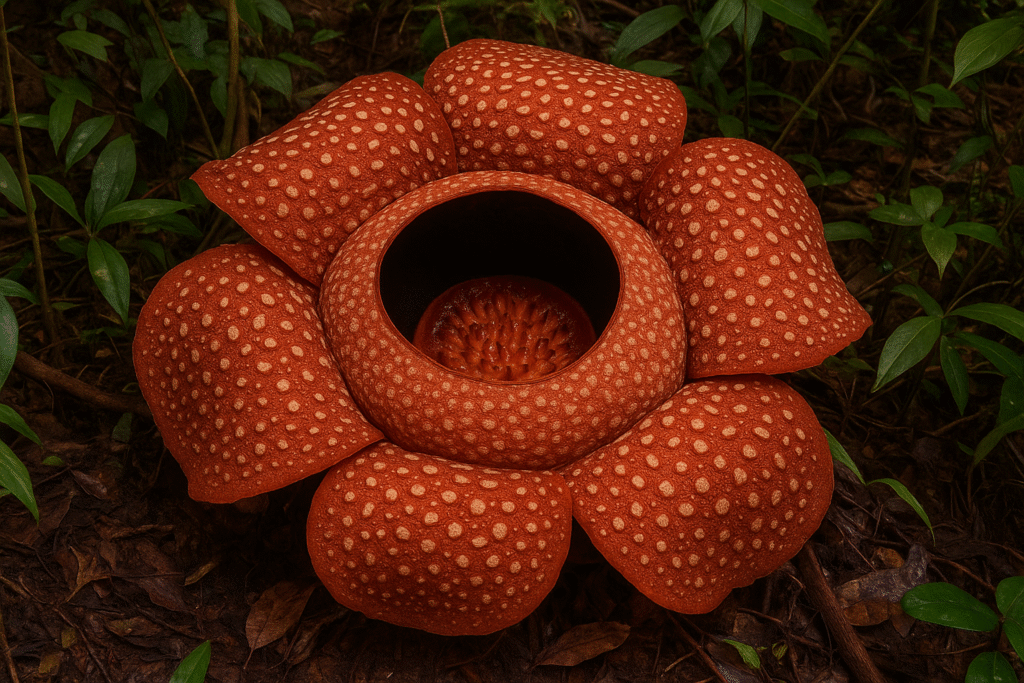
Fun Facts:
- A single flower can weigh up to 10 kilograms.
- It has no leaves, stems, or roots – only a flower.
3. Baobab Tree (Adansonia species)
Baobabs, often called the “Tree of Life,” are iconic giants native to Africa and Madagascar. These massive trees can live for thousands of years and provide food, water, and shelter for both humans and wildlife. Their fruit, leaves, and bark have medicinal and nutritional value. However, climate change, land-use changes, and human exploitation have pushed some species, especially the Madagascar baobabs, toward endangerment. The recent mysterious die-off of ancient baobabs highlights their vulnerability.
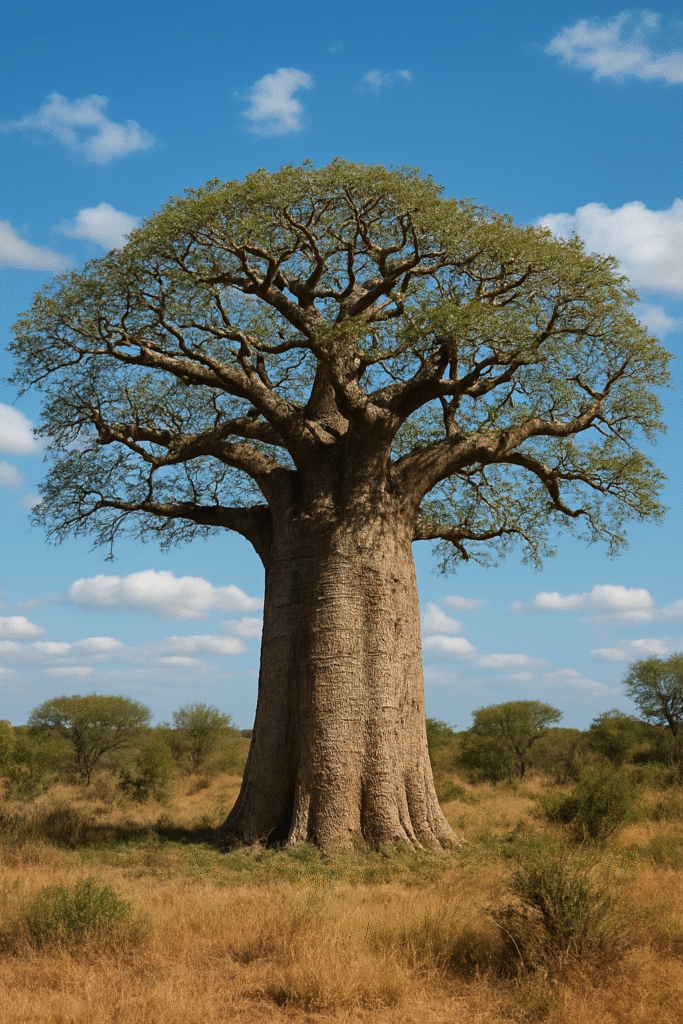
Fun Facts:
- Some baobabs can store up to 32,000 liters of water.
- They look “upside down” because of their thick trunks and branch shape.
4.Western Underground Orchid (Rhizanthella gardneri)
The Western Underground Orchid, is found only in limited parts of Western Australia. Unlike most orchids, it stays underground, along with the flowers, which never see sunlight. It relies entirely on a symbiotic relationship with specific fungi for survival. Now, made-made disturbance, combined with its extreme dependence on this delicate ecological balance, the species is critically endangered. A few hundred individuals are currently surviving. This orchid represents the hidden treasures of biodiversity that risk disappearing unnoticed.
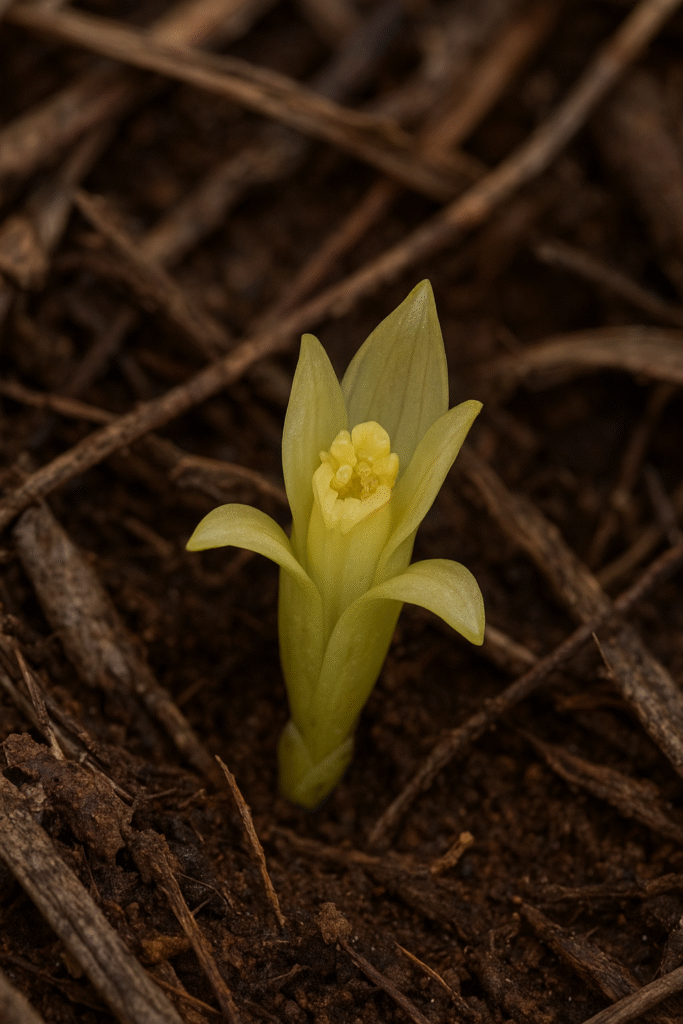
Fun Facts:
- It was first discovered in 1928 by a farmer.
- Its flowers are fragrant, even though they never emerge above the soil.
5.Dragon’s Blood Tree (Dracaena cinnabari)
The Dragon’s Blood Tree is native to the Socotra archipelago in Yemen. It can be instantly identified by its umbrella-shaped crown. Its red sap, known as “dragon’s blood,” has been prized for centuries for medicinal, cosmetic, and dye purposes. Thriving in arid conditions, it stores moisture and provide shade for other plants. With limited distribution and slow growth, the species struggles to regenerate. Protecting the Dragon’s Blood Tree is critical, as it symbolizes the unique and fragile ecosystems of Socotra, a UNESCO World Heritage Site.
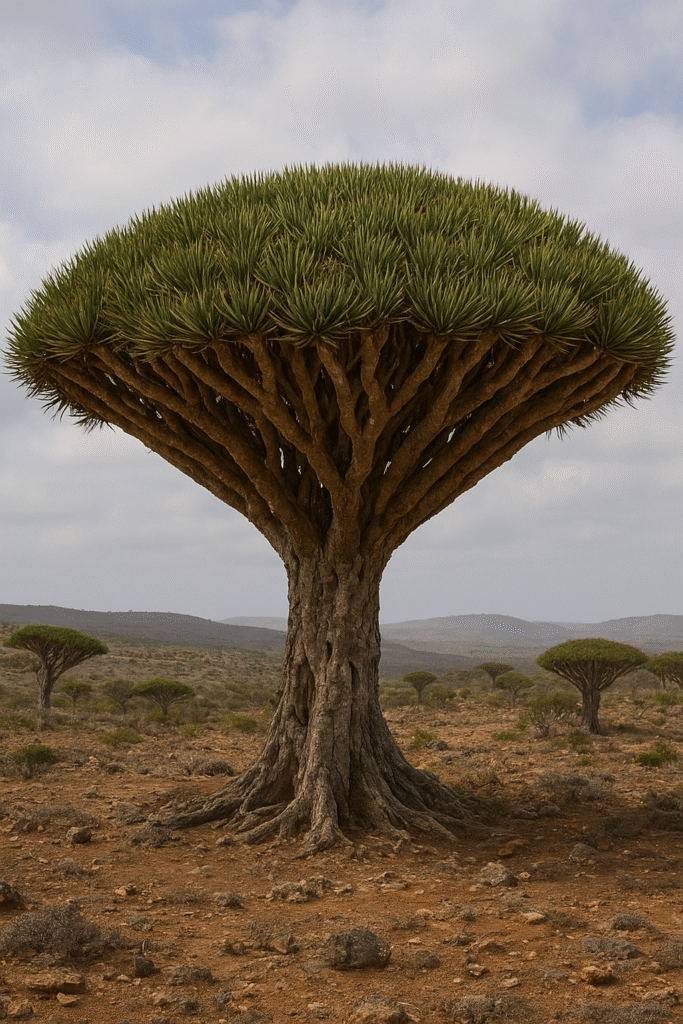
How We Can Help Protect Endangered Plants?
- Conservation programs – Various methods that help in conservation of rare species include designing means for local pollination and growing them, ensuring their safety and volunteering by providing healthy space to do so. Building roof-top gardens also encourage pollen dispersal in a big way.
- Botanical gardens – Building botanical gardens for almost extinct plants that house varies species of plants are another way to preserve them. This can be done by the local government of the place along with the help of locals, who will ensure there is no illegal activity like removal of plants, sale and illegal trade.
- Supporting sustainable practices– Sustainable practices for endangered trees and plants include creating wild reserves, government-regulated conservation regions and state parks. Safeguarding indigenous land is essential for preservation of endangered plant species.
- Raising awareness – It is important to be aware of plant species that are in danger of extinction and their value in human life and also raise awareness among those who take the fact lightly. This will lead to a sense of responsibility towards our fellow nature friends and create a peaceful and sustainable environment.
Conclusion
Our precious planet Earth holds endless species, each different from the other. Therefore, it is difficult to track each one of them, understand their habitat, changes, evolution and sustenance. But, overall, we humans, should handle and treat nature in such a way so that there arises no question or problem regarding co-existence of all species in the coming years.
Every plant species lost is a loss for mankind with regards to the balance in our ecosystem, which is bound to have a negative effect in the long run.
We encourage all readers of this article to spread the knowledge and awareness about the fact that every tiny effort made towards preservation of endangered trees and plants and all living beings on Earth, adds up to the continuation of a healthy and balanced ecological community. So let’s come together and live for each other.
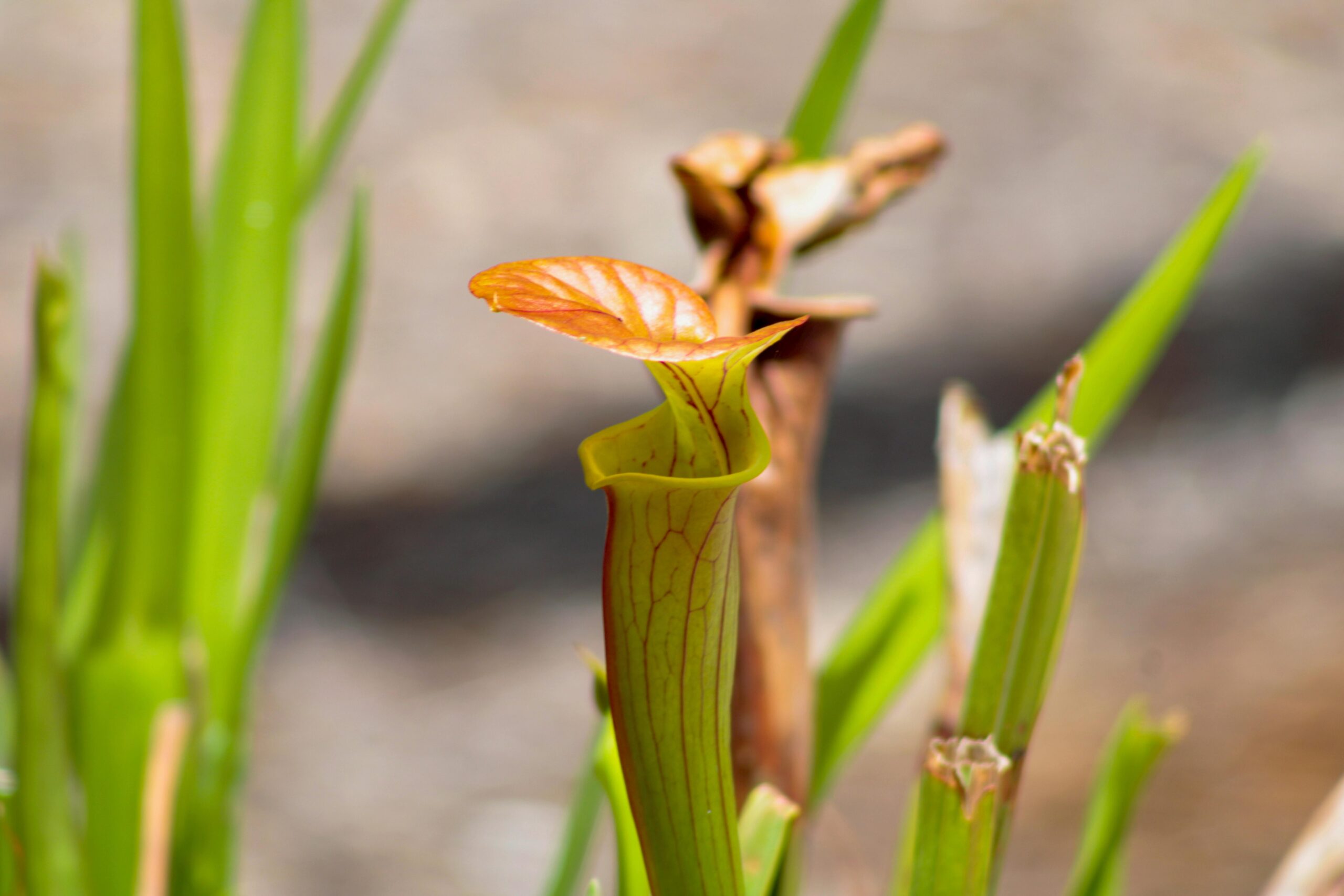
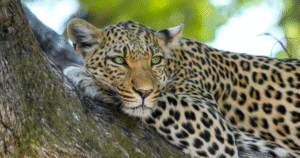
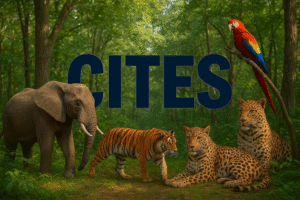
Leave a Reply